Understanding Dry Eye Disease
February 2, 2024
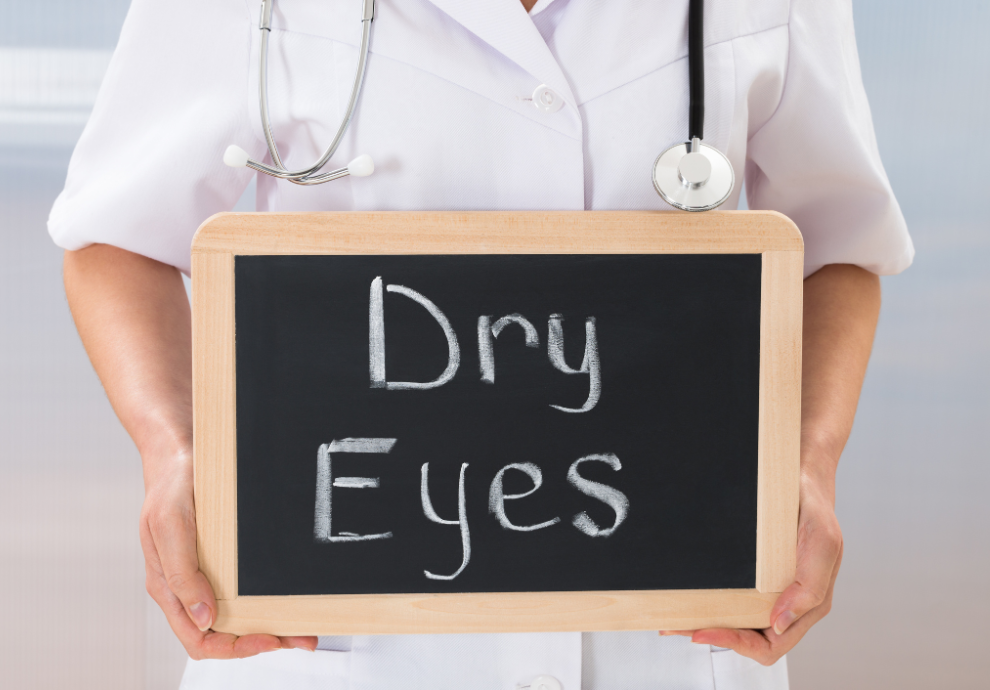
Signs, Symptoms and Contributing Factors
Dry Eye Disease (DED) is a common eye condition we see in Optometry. It's affecting people globally and leading to discomfort that's affecting daily activities. Identifying the risk factors and symptoms early on is crucial. If you find yourself dealing with DED, I'm going to help you understand the signs, symptoms, and treatment options we offer at EyeTech.
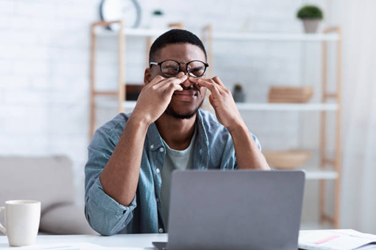
Several factors contribute to the development of Dry Eye Disease, including age, gender, environment, medical conditions, and medications. As we get older, tear production naturally decreases.
Here are a few demographics that DED can affect most:
- Women, especially during hormonal changes like pregnancy and menopause
- Climates like Canadian dry winters or windy environments
- Prolonged screen time
- Health conditions such as; rheumatoid arthritis, diabetes, and thyroid disorders
- Medications like antihistamines, decongestants, and antidepressants
If you fall into any of these risk categories, it's important to stay vigilant for signs of Dry Eye Disease.
Recognizing the symptoms of Dry Eye Disease is crucial for early diagnosis and effective management. If you often feel your eyes are dry, gritty, or irritated, or if you experience light sensitivity and blurry vision — especially during activities like reading or using a computer — it might be Dry Eye Disease. Your eyes might also look red and bloodshot because of inflammation caused by inadequate lubrication. Paradoxically, some people with DED may even notice excessive tearing, as the eyes try to compensate for dryness by producing more reflex tears. If any of these symptoms sound familiar, it's a good idea to schedule a dry eye consultation with us to see what treatment options may be best for you.
“But Dr. Lima, How Do I Know What’s Best for Me?”
When it comes to tackling dry eyes, there are a lot of conventional treatment options to consider. First up, artificial tears you can get over the counter. They're like a quick sip of relief for your eyes, keeping them lubricated, but it's only temporary relief. For a bit of TLC, warm compresses and lid hygiene are like spa treatments for your eyes. These will need to be done every so often, and again, is only temporary relief.
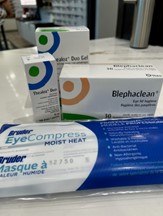
We've looked into providing the best options for our patients to purchase through us. Thea is a trusted eye care brand that only sells their products to Optometrist and Opthomologist. We offer Thealoz Duo and Thealoz Duo Gel artificial tears, Blephaclean lid wipes, Bruder mask warm compress for your at home care.
Additionally, you can make simple lifestyle changes to help relieve the symptoms of dry eyes.
Lifestyle Tweaks
- Taking screen breaks
- Creating a bit of humidity with a humidifier
- Staying hydrated
Putting the ‘Tech’ In EYETECH
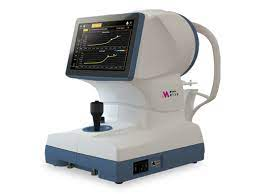
Now, let's explore some cutting-edge solutions. We've invested in some of the best Dry Eye Technology on the market. First in line is our MYAH. During your Dry Eye Consultation we will assess your symptoms, lifestyle, and environmental factors to gain insight into the nature and severity of your dry eye. Using our MYAH we will take measurements of the quality and quantity of tears, as well as photos of the meibomian gland structure. This machine will give us a full report of your DED and allow us to track progress and improvements.
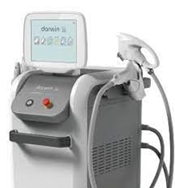
For more severe dry eye disease, we are pleased to offer IPL and RF treatments with the LUVO Darwin following an initial consultation. Intense Pulsed Light (IPL) therapy. This powerhouse is effective in addressing Meibomian Gland Dysfunction (MGD), the culprit behind evaporative dry eye. The essence of this treatment lies in harnessing light energy to relax your meibomian glands, enhancing their functionality and boosting the quality of your tear film. The best part? It's a painless, non-invasive procedure! IPL isn't just a flashy tech trick; it has proven itself with impressive results, quelling inflammation and putting dry eye symptoms in the past. But if IPL isn't the right fit for you, RF might just be the ticket.
Moving on in the tech marvels, we've got Radiofrequency (RF) therapy. Controlled radiofrequency energy indirectly heats your meibomian glands. These treatments can elevate gland function and increase oil production.
Treatments for both IPL and RF are every 2-4 weeks for 4 sessions. So, whether you’re Team IPL or Team RF, these advanced therapies are available at EyeTech to help treat your dry eyes and get rid of symptoms for good!
Dr. Robert A. Lima
Sources:
1 - American Academy of Ophthalmology. "Dry Eye Syndrome." https://www.aao.org/eye-health/diseases/dry-eye-syndrome
2 - Mayo Clinic. "Dry eyes." https://www.mayoclinic.org/diseases-conditions/dry-eyes/symptoms-causes/syc-20371863.
3 - National Eye Institute. "Facts About Dry Eye." https://www.nei.nih.gov/learn-about-eye-health/eye-conditions-and-diseases/dry-eye.
4 - The Ocular Surface. "TFOS DEWS II Definition and Classification Report." https://www.theocularsurfacejournal.com/article/S1542-0124(17)31045-6/fulltext.
5 - Craig, J. P., Nichols, K. K., Akpek, E. K., et al. (2017). TFOS DEWS II Definition and Classification Report. The Ocular Surface, 15(3), 276-283. https://www.theocularsurfacejournal.com/article/S1542-0124(17)31045-6/fulltext
